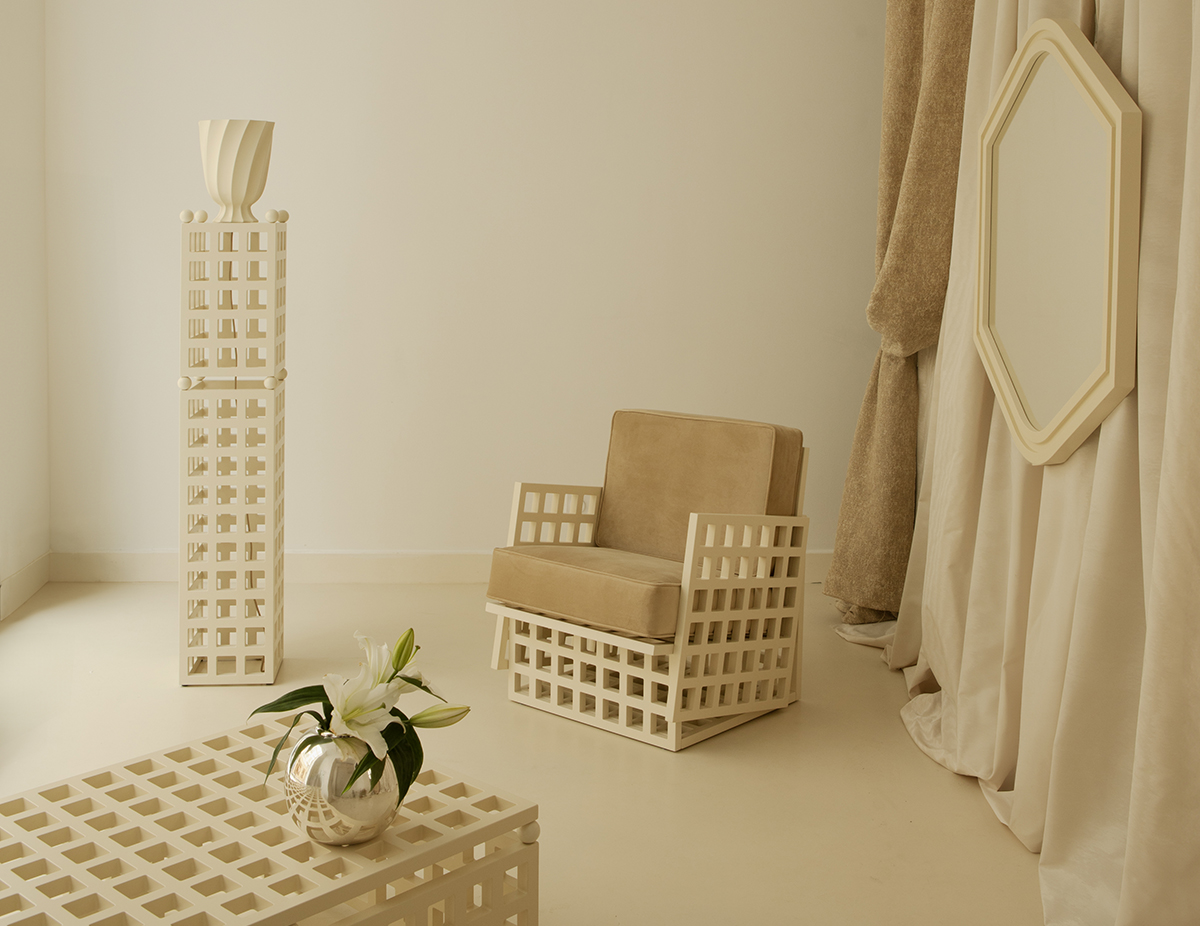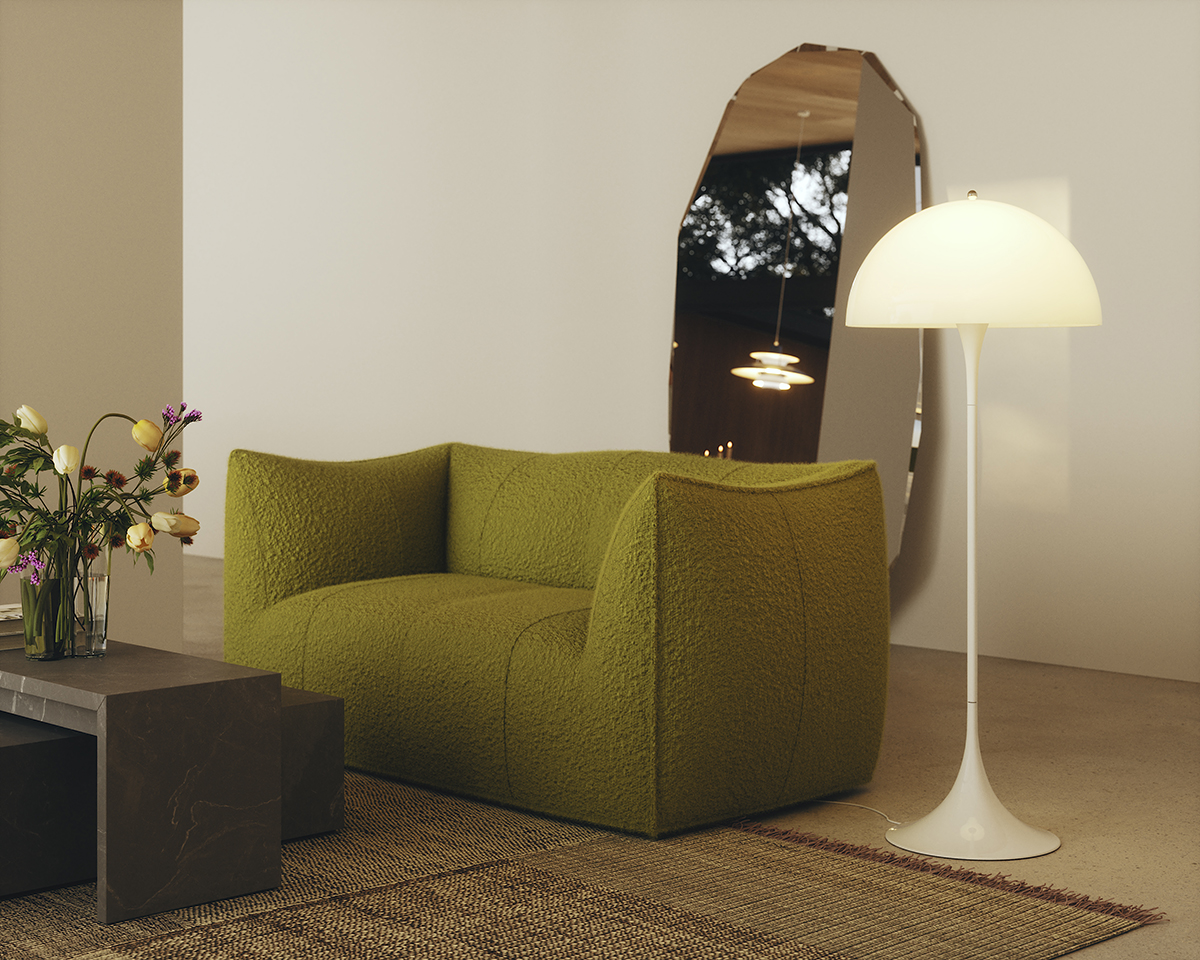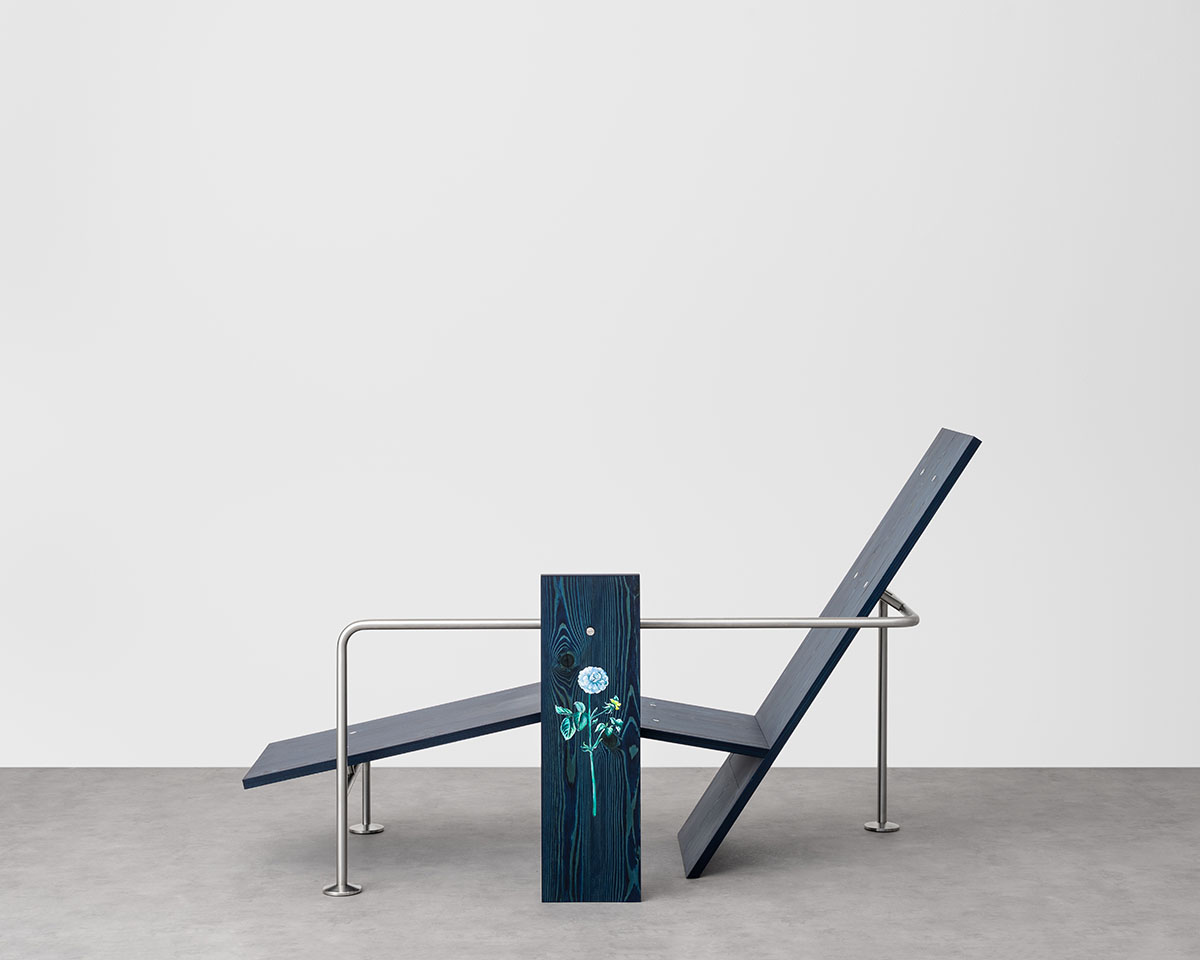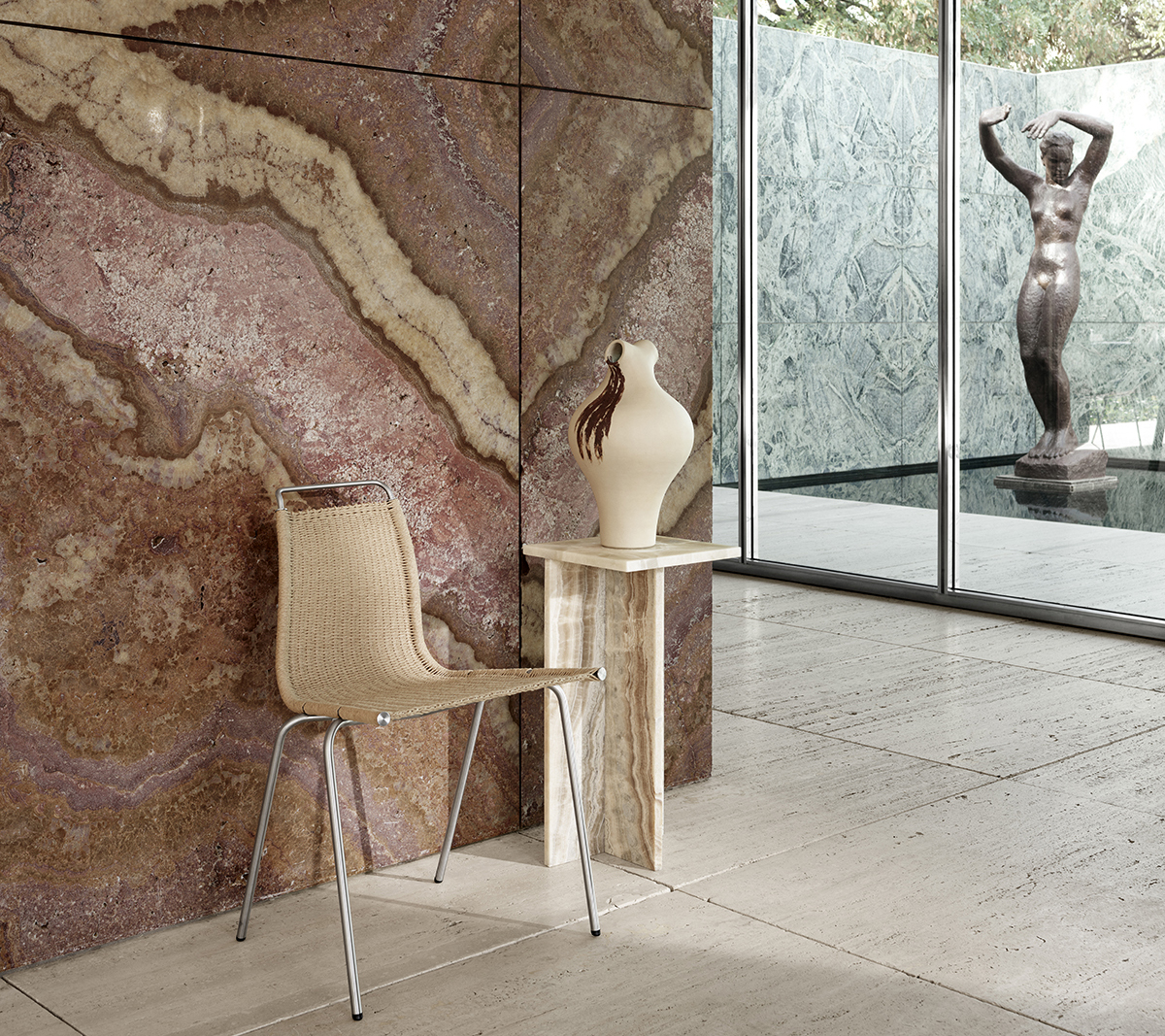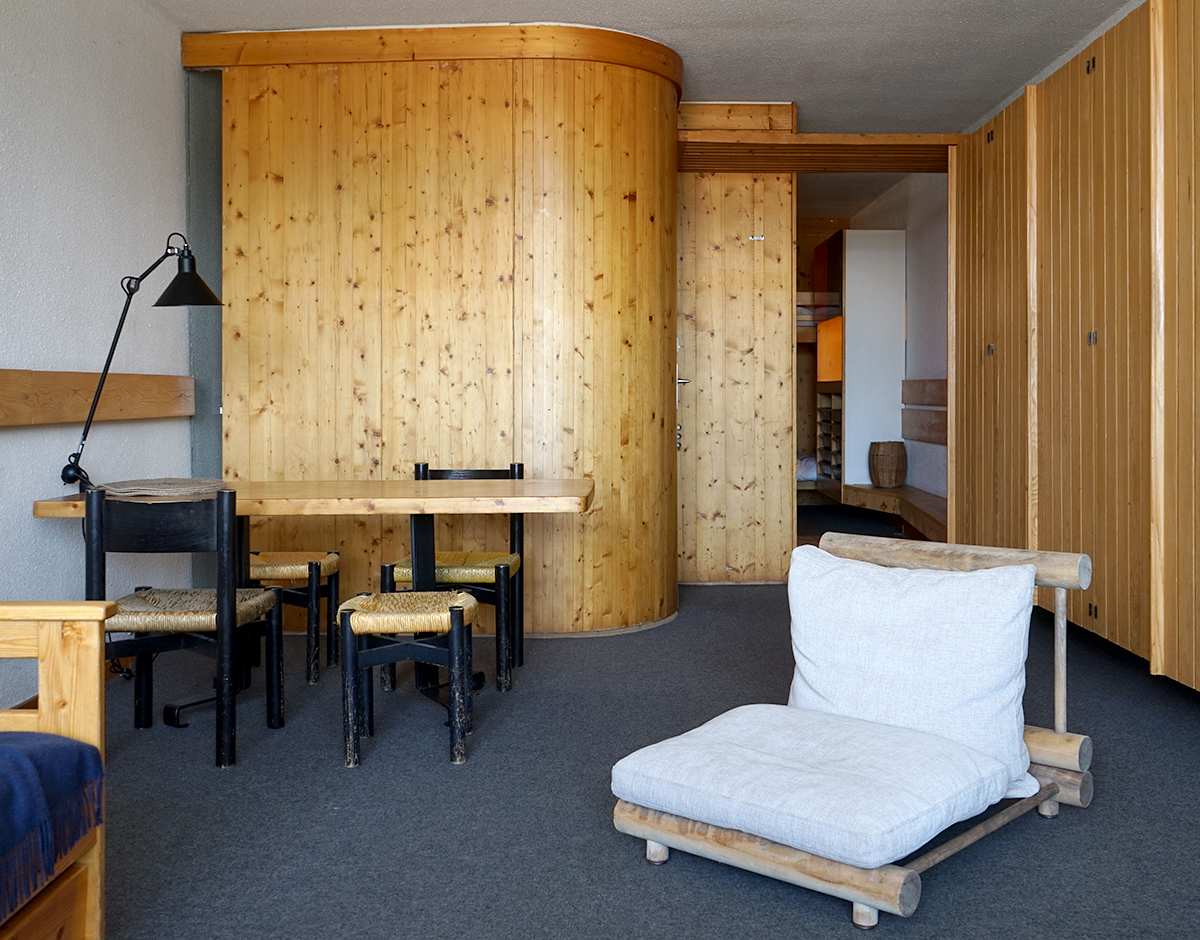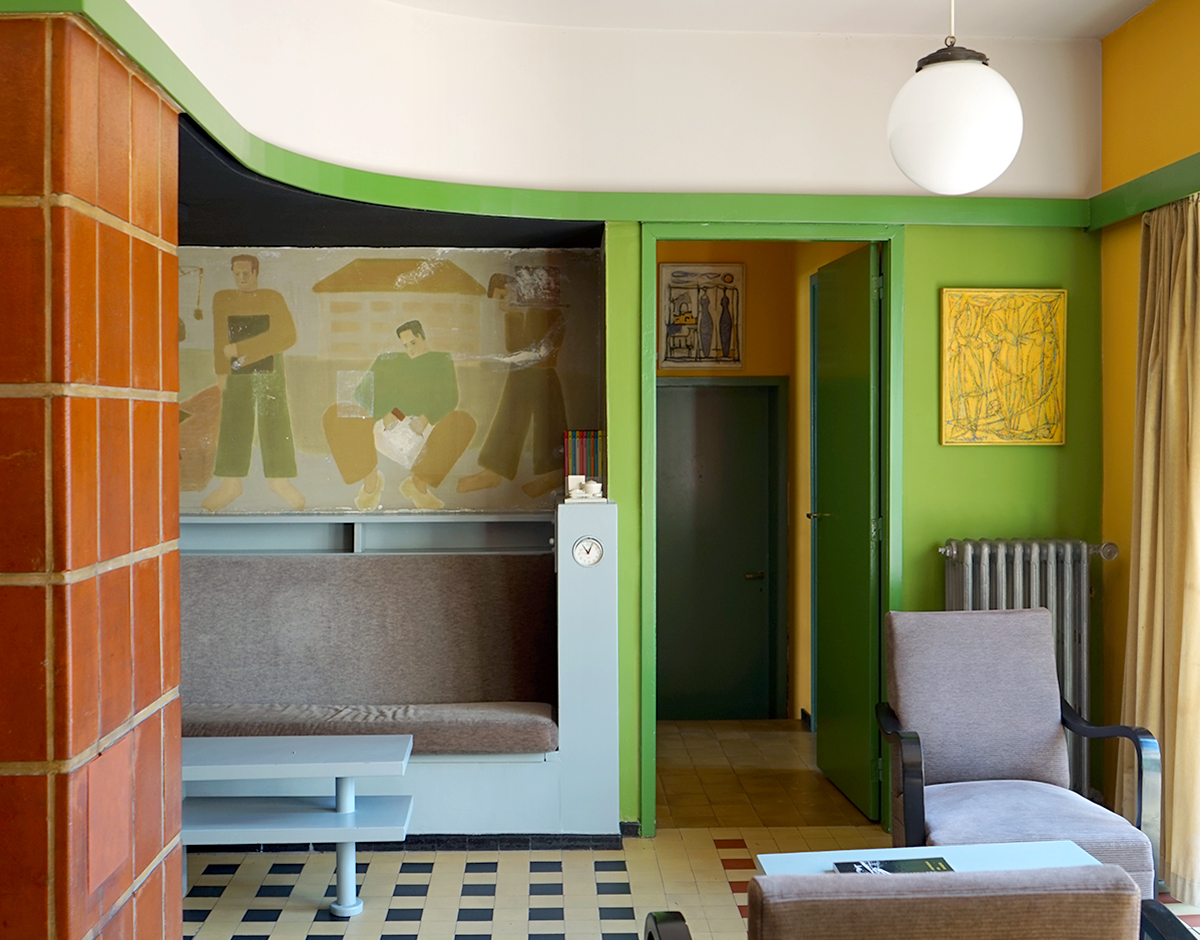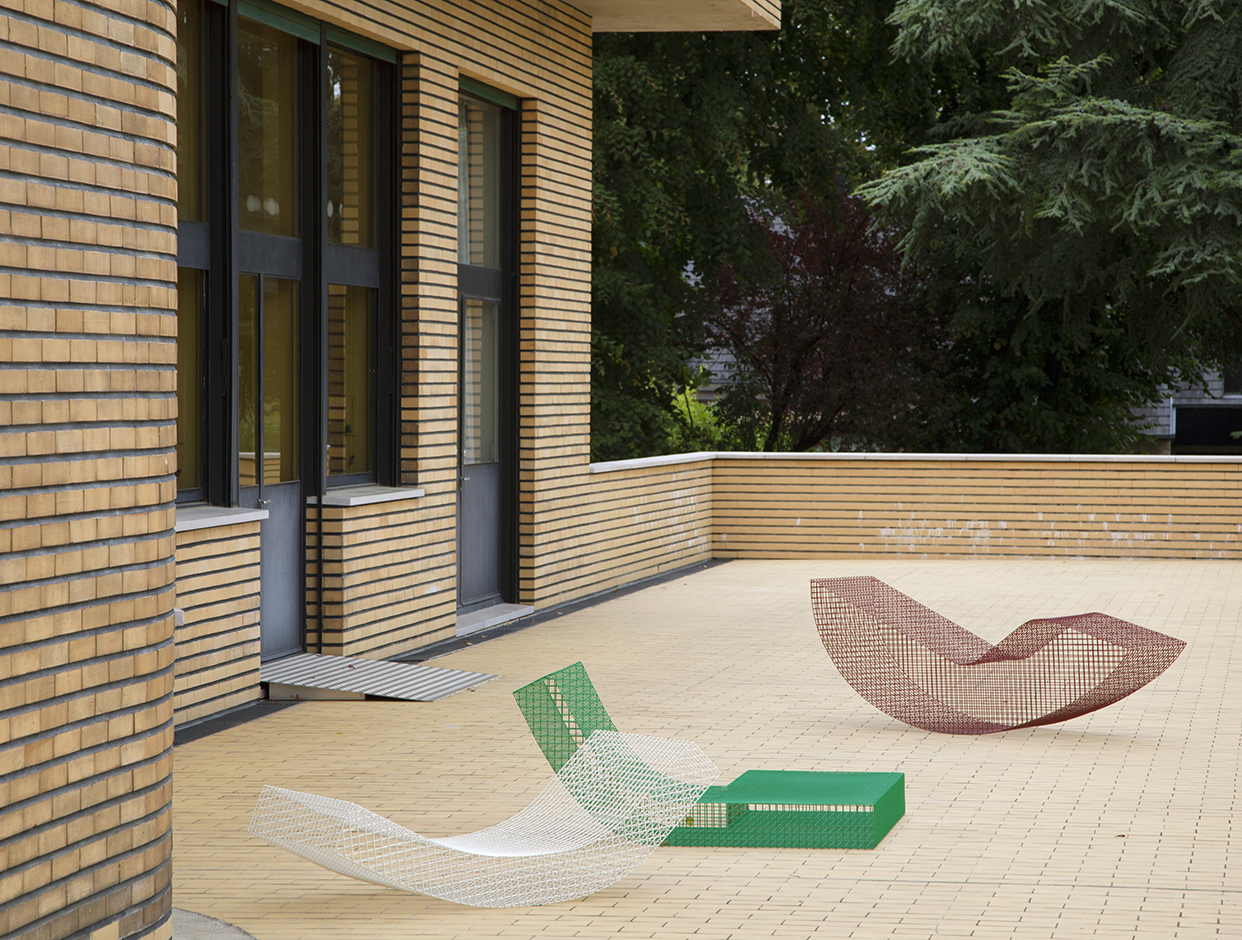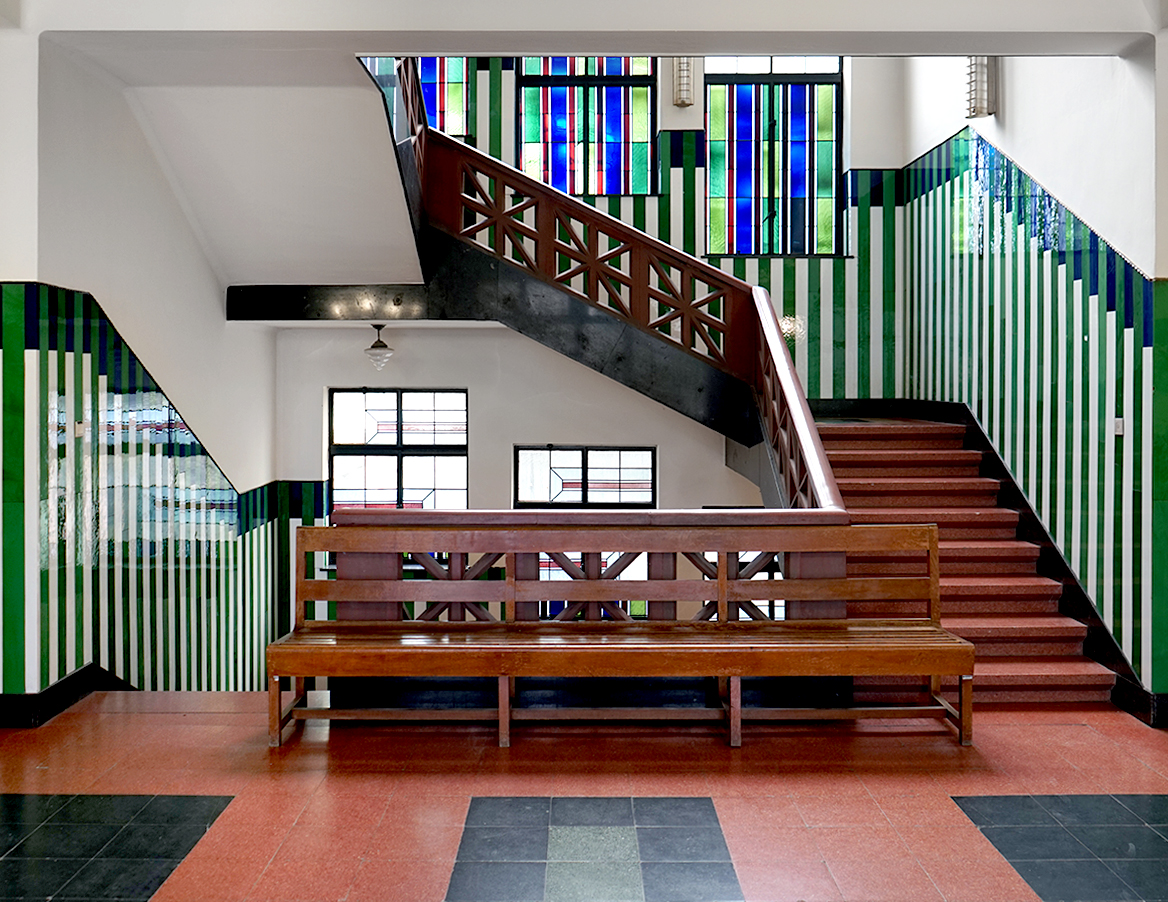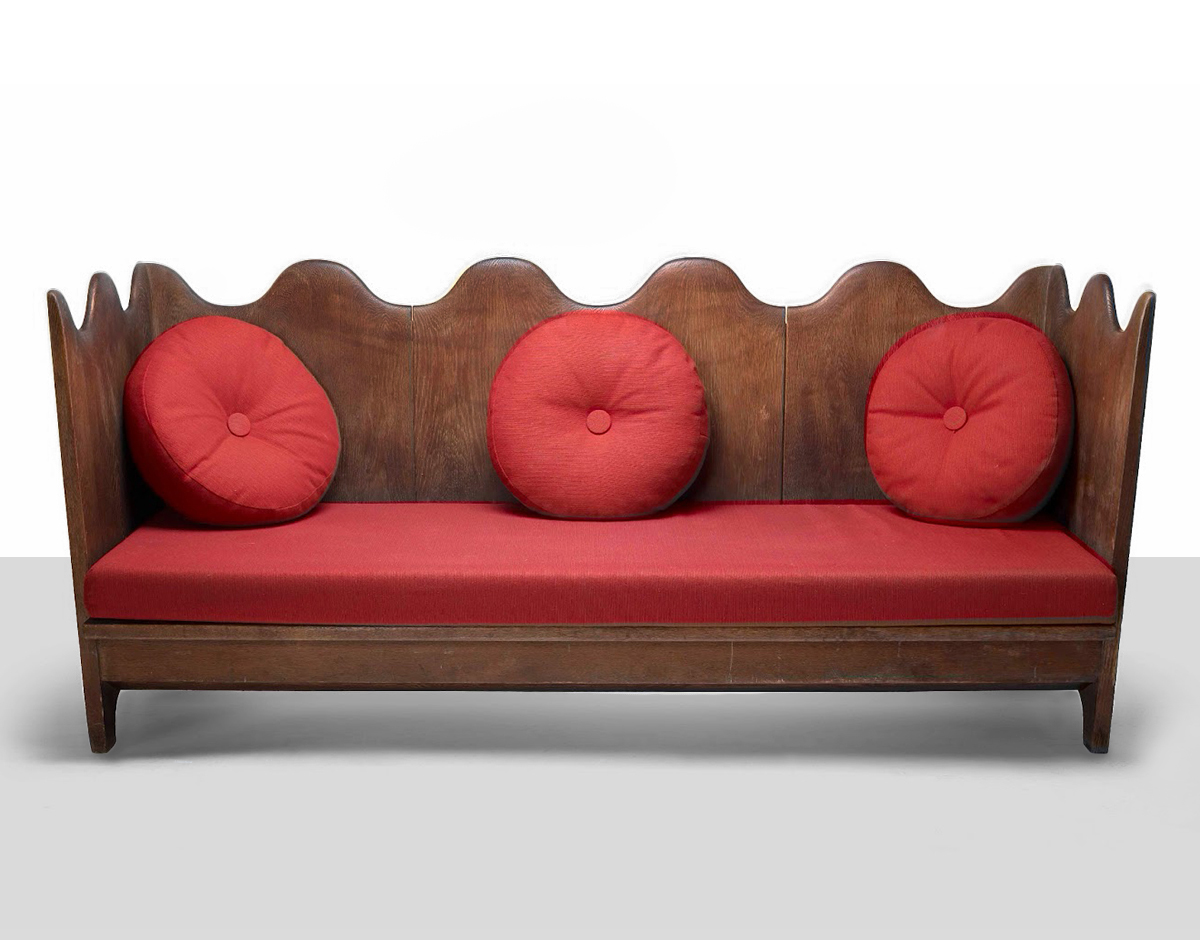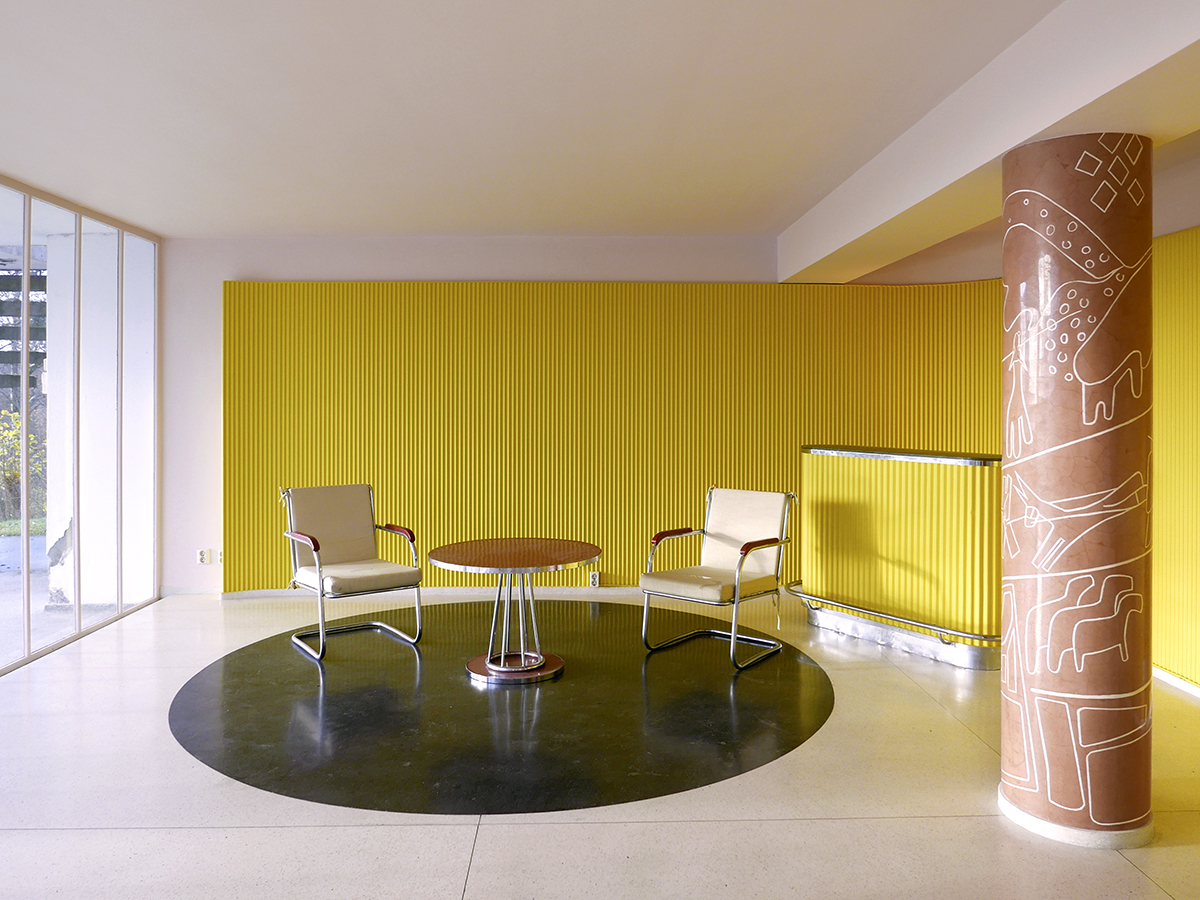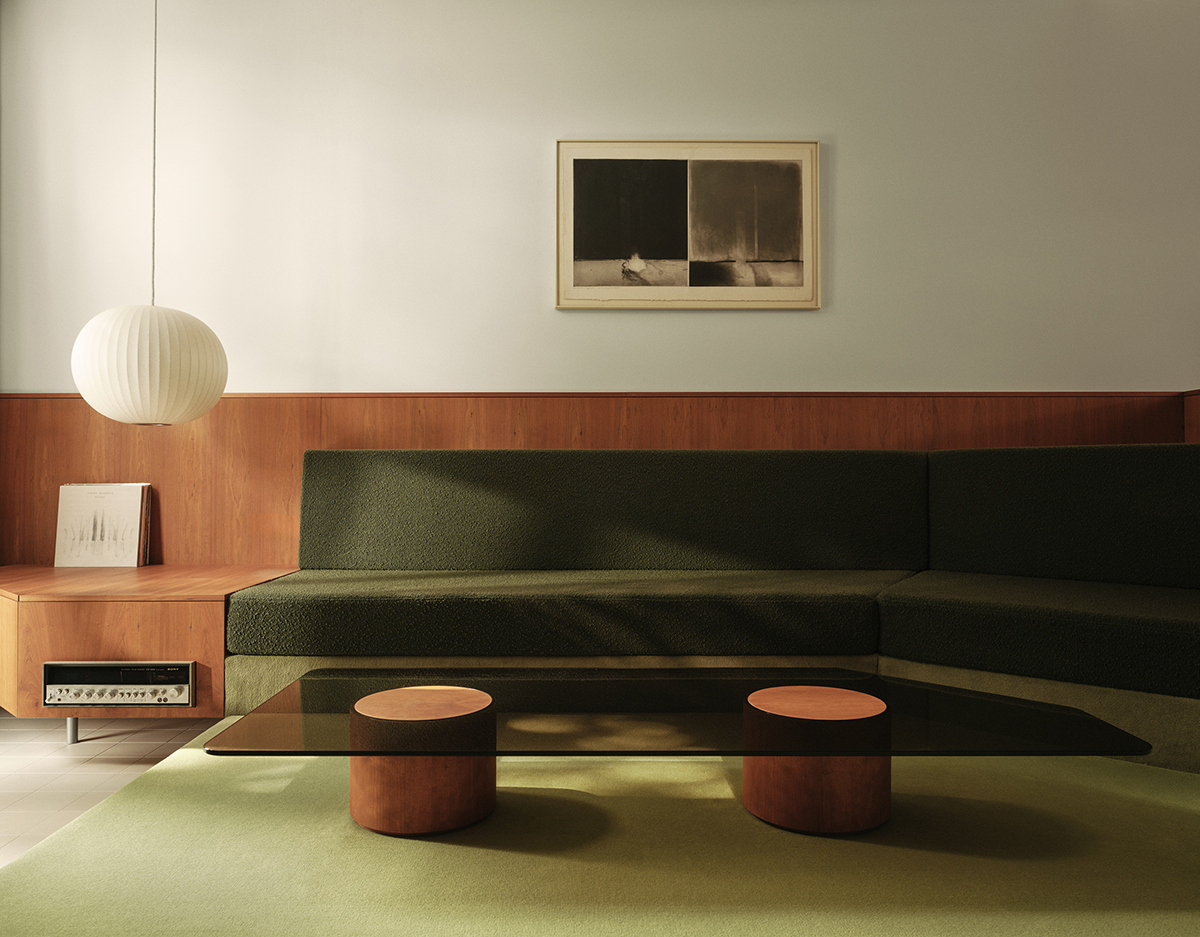
04.09.25
Interiors
Think of This London Renovation As Mid-Century, Modernized
Studio Hagen Hall, an architecture and design firm in London founded by Louis Hagen-Hall, has a talent for creating spaces that are striking yet serene — making them look effortless while also paying meticulous attention to detail. For Pine Heath, a townhome that’s part of a series originally designed by South African architect Ted Levy, Benjamin & Partners in the late 1960s, Hagen Hall brings California mid-century modern to North London’s Hampstead Conservation Area.
